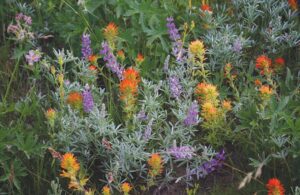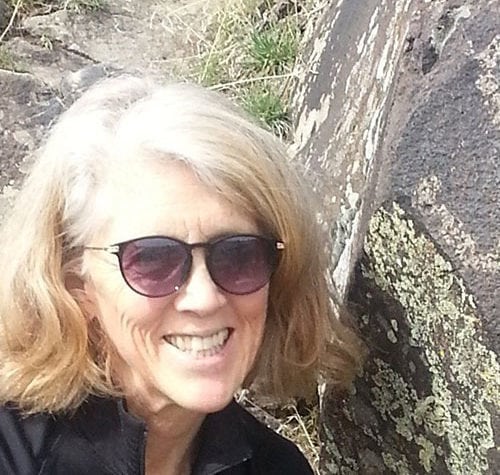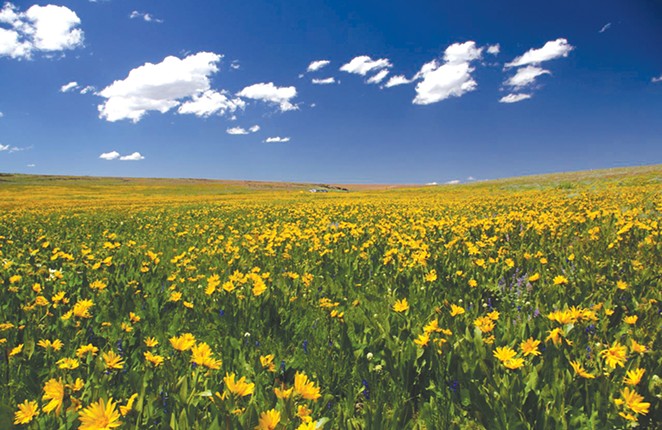Author: Scott Bowler | Published: July 28, 2023 | Category: Where-To
This article originally appeared in The Source on July 5, 2023.
Head east of Bend anytime between early spring into high summer to see Oregon’s high desert painted in color
I’m often asked, “Where can I go to find wildflowers?”
If I’m feeling snarky, I might reply, “Seriously!? Pretty much anywhere!”
But truthfully, while there are abundant locations in which to find beautiful flowers, several sites in Oregon’s high desert really stand out. Those areas are listed below in bloom order, beginning in early spring and extending into high summer. It’s important to note that in an exceptionally cold and wet winter like 2022-23, start dates might be later than “usual” by a month or more; conversely, in a dry and warm winter like 2021-22, bloom times were considerably earlier with flowers less abundant and long-lasting.
Early spring
Some of the first areas to show spring color will be places on southern-facing slopes, with deeper soils and minimal disturbance from grazing or vehicles. Just south of Prineville, one of my favorite spots this time of year is the short and scenic Chimney Rock trail, located above the Crooked River. It is an ideal location to spot Lewisia and other rock or cliff dwelling species. Following a dry and warm winter like 2021-22, the first flowers bloomed here around mid-February, while in 2022-23 first blooms were not seen until early April. Go more than once – it’s worth it.


